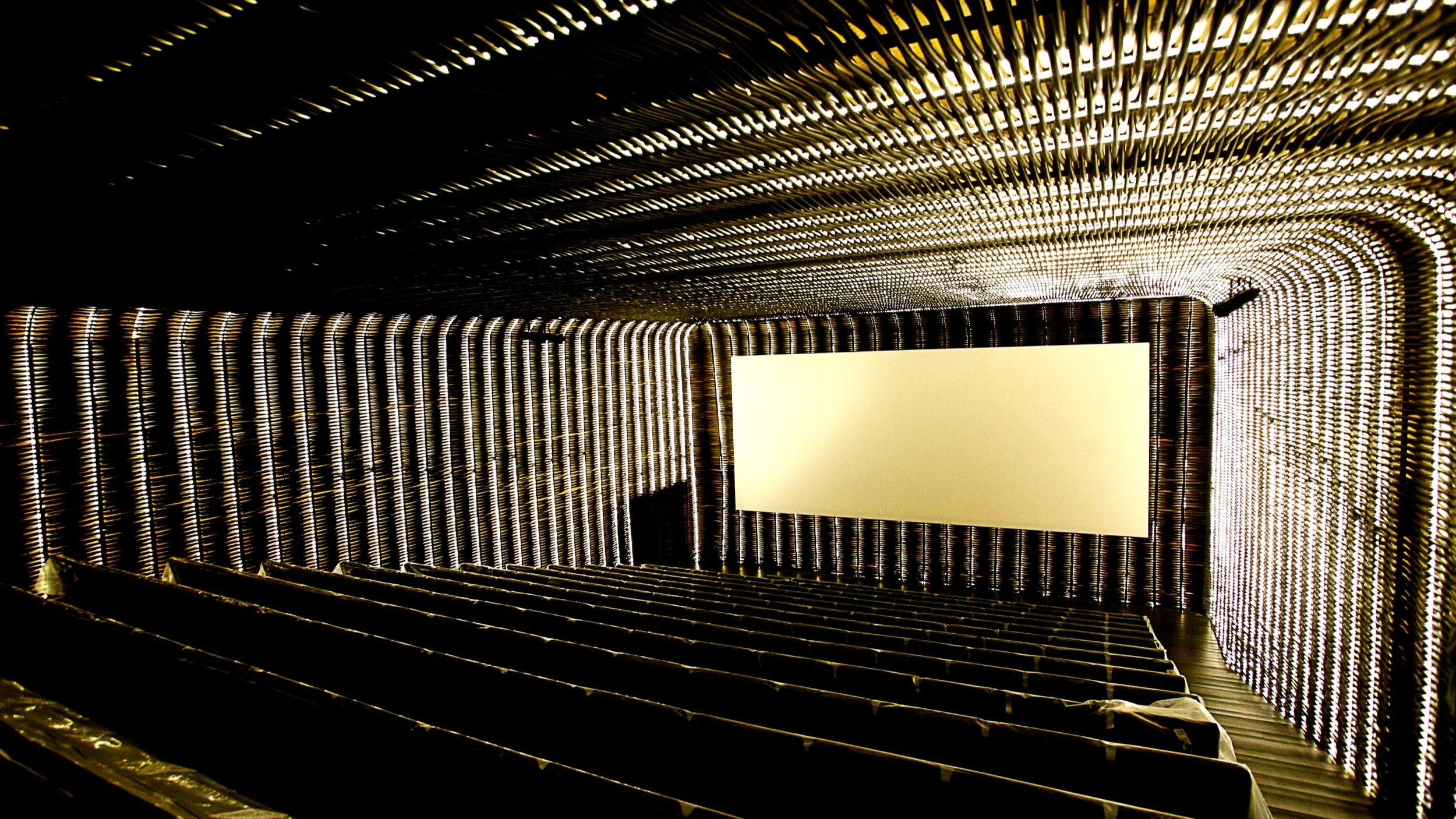The Story of Film: A New Generation
Mark Cousins presents a stimulating view of what’s been happening in the cinema over the past decade.
This new piece from Mark Cousins is indeed a follow-up to the TV series The Story of Film: An Odyssey which, screened in fifteen instalments and lasting all of 930 minutes, looked back on the history of the cinema up to the time when it was made (2011). Although this new work does occasionally refer to earlier films by way of comparison, what we have now is a survey of cinema’s continuing story during the last ten years. It is divided into two parts, the first looks at movies of this period that have extended the existing language of film and the second with the title ‘What Have We Been Digging For?’ looks at what is altogether new, in particular what has been brought about by technical developments that range from being able to shoot a feature film on an iPhone (Tangerine) to the concept of visual reality and include much more besides.
The two parts are just about even in length and the first one finds Cousins reverting to what he does best as he assembles extracts from significant films and then in voice-over analyses with rare depth what we are viewing. The extracts, admirably selected, are long enough for this to work in satisfying detail and, whether or not one agrees with his sometimes over-enthusiastic assessments of these titles, the insights he gives us are invaluable. Characteristically he combines praise for the highly commercial (Joker, Frozen, Mad Max: Fury Road) with rare items from all over the world (the latter memorably including a musical of enormous potential popular appeal, the Romeo and Juliet styled Ram-Leela of 2013 which was a huge hit in India). This first half deals with films by categories starting with literal ones (such as Comedies and Action Films) but going on to groups such as films about Bodies (but it's in the section on musicals that we get a reference back to the forgotten 1953 film The French Line which reveals Jane Russell at her sexiest).
Part II holds together rather less well. This is partly because there is less room for analysis (the greatest gift that Cousins possesses) when one is noting technical innovations (performance capture, for example, can be illustrated but hardly encourages deeper exploration of its use and so it is too with such subjects as digital de-ageing as used in The Irishman). Given that we are watching a film lasting 160 minutes, it is perhaps even more significant that the shaping of the material eventually comes to feel misjudged in two ways. It is hardly wise for Cousins to announce that we are nearing the end of our journey when there is still half an hour to go just as his later promise to wrap up is one he can't really bring himself to keep (although he will usefully reveal from which film he picked the rather odd title chosen for Part II). The other factor is that in this last half-hour he seems to move beyond the wholly new which he had announced as the theme of Part II. Instead he opts for what emerges as a separate final section made up of all kinds of bits and pieces with a range of issues attached: it's good stuff in the style of Part I, but so much is packed in that it lacks any real sense of coherence. Never mind. Part I may impress more than Part II, but this documentary reasserts the primacy of Mark Cousins as a film enthusiast bound to stimulate all cinema buffs because he enables them to see movies through his own remarkable eyes.
MANSEL STIMPSON
Featuring the voice of Mark Cousins as narrator.
Dir Mark Cousins, Pro John Archer, Screenplay Mark Cousins, Ph Mark Cousins, Ed Timo Danger.
Hopscotch Films-Dogwoof Pictures.
160 mins. UK. 2020. UK Rel: 17 December 2021. Cert. 15 .


